-
Welcome to Tacoma World!
You are currently viewing as a guest! To get full-access, you need to register for a FREE account.
As a registered member, you’ll be able to:- Participate in all Tacoma discussion topics
- Communicate privately with other Tacoma owners from around the world
- Post your own photos in our Members Gallery
- Access all special features of the site
Safe continous current draw for V6 3rd gen?
Discussion in '3rd Gen. Tacomas (2016-2023)' started by dschreib, Aug 30, 2020.
Page 1 of 2
Page 1 of 2


 17" Gray TRD Pro wheels on a Cement Tacoma?
17" Gray TRD Pro wheels on a Cement Tacoma?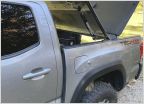 Diamondback Owners, what up?
Diamondback Owners, what up?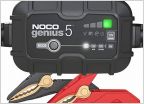 Help determining battery(s) type
Help determining battery(s) type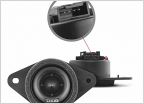 Theory about dash speakers. Stock vs. Kicker-Subaru / DS18 PRO-ST
Theory about dash speakers. Stock vs. Kicker-Subaru / DS18 PRO-ST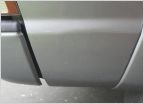 Am I being a perfectionist?
Am I being a perfectionist?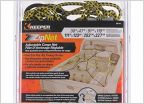 Need a quality cargo net for short bed
Need a quality cargo net for short bed


